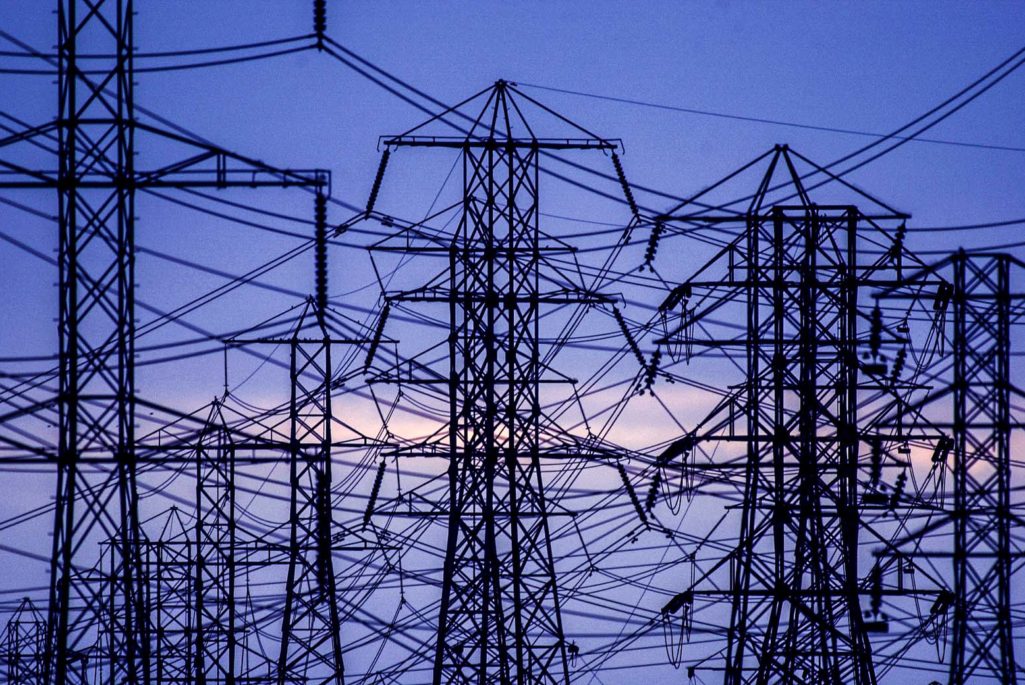Severe Weather and Other Factors that Impact Power System Reliability

A view of the power lines as evening settles in Pico Rivera, CA. On average, the frequency of power U.S. power outages has not changed much in recent years, but the total number of minutes customers are without power each year has been significantly increasing over time. The main culprit for the increase: severe weather events.
Photo: David McNew/Newsmakers
Increased catastrophic weather events are correlated with longer-lasting power outages, according to an in-depth analysis of 13 years of utility reliability performance data from across the U.S.
The U.S. Department of Energy reports that severe weather-related power outages cost the U.S. $18-$33 billion annually, on average.
Whether electricity reliability is getting better or worse has become a material issue for public and private decisions affecting the U.S. electric power system. Although a 2013 White House report noted that major power outages and severe weather events are increasing, the report was based on anecdotal observations drawn from incomplete information on power interruptions in the U.S. To address these limitations, we co-authored a first-of-its-kind study that uses econometric analysis techniques to analyze a much longer and more complete record of power interruptions.
We assembled up to 13 years of information on the average annual total number of minutes and frequency of power interruptions for a large cross-section of U.S. electricity distribution utilities. These utilities represent 70 percent of both U.S. electricity sales and total U.S. electricity customers. We then analyzed reliability data against a broad range of variables, including annual information on lightning strikes, average wind speeds, temperatures, numbers of customers per line mile of distribution, percentage of the distribution system underground, installation or upgrade of an automated outage management system, and Transmission and Distribution (T&D) Operation & Maintenance (O&M) spending.
On average, the frequency of power outages has not changed much in recent years, but the total number of minutes customers are without power each year has been significantly increasing over time. The main culprit for the increase: severe weather events. This finding suggests that increasingly, severe weather events are correlated, on average, with more total minutes of power interruptions each year.
We found statistically significant correlations between the average frequency of power interruptions experienced annually by a customer and a number of explanatory variables, including the following:
- abnormally high wind speeds
- precipitation
- abnormal number of lightning strikes number of customers per line mile
We also found statistically significant correlations between the average number of minutes of power interruptions experienced annually by a customer and the following:
- abnormally high wind speeds
- precipitation
- abnormal number of cooling degree days—a measure of warm weather percentage share of underground T&D lines
Perhaps most importantly, we found a statistically significant trend in the annual total minutes of power interruptions over time—especially when major events are included.
Most studies of reliability have relied on information that reflects only the largest power outages. Yet, over the course of any given year, the largest events typically account for no more than 10 percent of all power outages. This study, by relying on information for all power outages, both large and small, conclusively identifies a trend that is linked directly to these larger events.
One surprise was that the study did not find a consistent link between reliability and increased spending on utility T&D O&M expenditures. We expected to find that increased spending on O&M would lead to improved reliability, but it is possible that a combination of proactive versus reactive utility maintenance policies may be offsetting this effect on reliability. We also did not have enough information to evaluate the degree to which utility capital investments in electricity distribution infrastructure affect reliability.
More Study Needed
There are a number of areas where we believe improvements should be considered in future analyses of U.S. electricity reliability. It is important to continue to explore the relationship between T&D O&M and capital spending and reliability. Also, the relationship between reliability and the long-run deployment of other “smart” technologies should be explored further as new information becomes available.
The reliability of the electric power system is determined by how it is operated in the face of the reliability-threatening events to which it is subjected. Some of these risks can be managed, at least to a degree, by planning and preparing for routine events that the electric power system is expected to withstand.
Other events are less manageable, including infrequent yet catastrophic storms, which stress the electric power system beyond expectations. This study has sought to assess the relative contributions of planning and operations with the frequency and intensity of reliability-threatening events on the measured reliability performance of a large cross-section of U.S. electricity distribution companies over the past 13 years. In doing so, we hope that our findings will help to inform future public and private decisions that will influence the future reliability of the U.S. electric power system.









